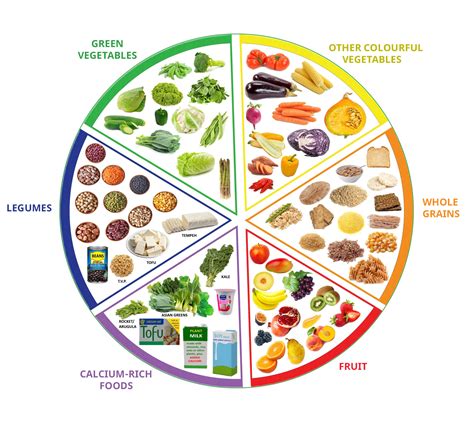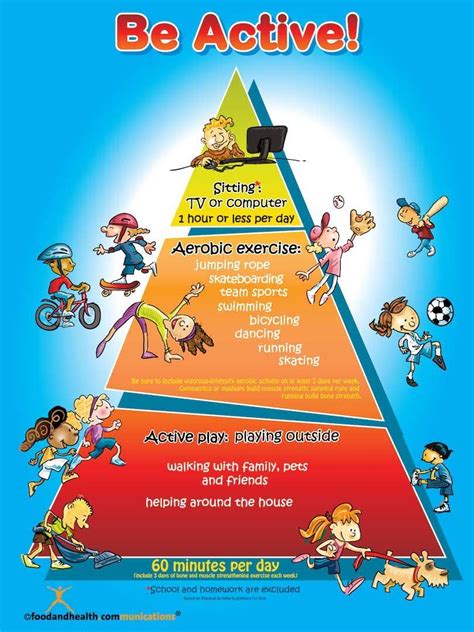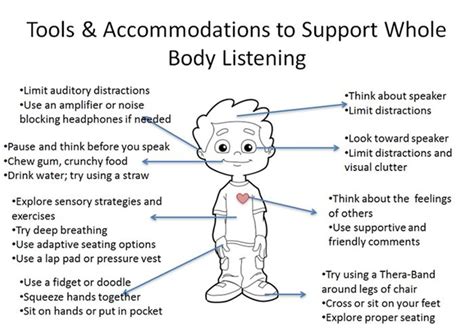What’s the optimal recovery protocol to sustain peak training intensity & muscle growth?

The Non-Negotiable Role of Recovery
In the relentless pursuit of strength, endurance, and hypertrophy, many fitness enthusiasts focus almost exclusively on the training itself – the reps, sets, and progressive overload. While hard work in the gym is undoubtedly crucial, true progress and the ability to sustain peak intensity and muscle growth actually materialize during the recovery phase. It’s during this often-overlooked period that muscle fibers repair, glycogen stores replenish, and the body adapts to the stress it has endured. Neglecting recovery is akin to constantly building a house without letting the cement dry; eventually, the structure will crumble, leading to plateaus, burnout, and increased injury risk.

Pillar 1: The Power of Sleep
If there’s one recovery tool that reigns supreme, it’s sleep. Adequate, high-quality sleep is fundamental for both physical and cognitive restoration. During deep sleep cycles, the body releases growth hormone (GH), a critical anabolic hormone for muscle repair and growth. Furthermore, sleep helps regulate cortisol (the stress hormone) and testosterone, both vital for optimal performance and recovery. Aim for 7-9 hours of uninterrupted sleep per night, prioritizing a consistent sleep schedule even on weekends. Creating a dark, cool, and quiet sleep environment can significantly enhance sleep quality.
Pillar 2: Fueling Recovery Through Nutrition
What you put into your body post-workout, and throughout the day, directly impacts its ability to recover and grow. A well-structured nutrition plan is paramount:
- Protein: Essential for muscle protein synthesis (MPS). Aim for 1.6-2.2 grams of protein per kilogram of body weight, distributed throughout the day, especially post-training.
- Carbohydrates: Replenish depleted glycogen stores, which are your primary energy source during intense training. Complex carbohydrates are preferred, but faster-digesting carbs can be beneficial post-workout.
- Healthy Fats: Support hormone production and reduce inflammation.
- Hydration: Dehydration impairs performance and recovery. Drink plenty of water throughout the day, not just during workouts.

Pillar 3: Active Recovery & Mobility Work
While rest days are important, ‘active recovery’ can accelerate the process. Light activities like walking, cycling, or swimming at a low intensity increase blood flow, which helps deliver nutrients to fatigued muscles and remove metabolic waste products. Incorporating mobility work, such as stretching, foam rolling, and dynamic movements, can improve flexibility, range of motion, and reduce muscle soreness (DOMS). These practices help prevent stiffness and maintain joint health, ensuring you’re ready for your next intense session.

Pillar 4: Mastering Stress Management
Chronic stress, whether from work, relationships, or even overtraining, can significantly impede recovery. Elevated cortisol levels due to prolonged stress can counteract anabolic processes, leading to muscle breakdown and reduced gains. Implementing stress-reduction techniques like meditation, deep breathing exercises, spending time in nature, or engaging in hobbies can lower cortisol, improve sleep, and enhance overall recovery capacity. A calm mind supports a resilient body.

Advanced Techniques and Individualization
Beyond the core pillars, various advanced techniques can further optimize recovery, though their efficacy can be highly individual. These include:
- Cold Therapy: Ice baths or cold showers may reduce inflammation and soreness.
- Massage/Myofascial Release: Professional massages or tools like massage guns can improve blood flow and break up muscle knots.
- Compression Garments: Some athletes find these help with circulation and reducing swelling.
Crucially, there is no one-size-fits-all recovery protocol. What works best for one individual might not for another. Factors like training volume, intensity, stress levels, age, and genetics all play a role. The optimal approach involves listening to your body, experimenting with different strategies, and consistently assessing what allows you to perform at your best and continue making progress.

Conclusion
Sustaining peak training intensity and achieving consistent muscle growth isn’t solely about how hard you train, but how effectively you recover. By meticulously prioritizing sleep, dialing in your nutrition, integrating active recovery and mobility, and managing stress, you create the optimal environment for your body to adapt, rebuild, and come back stronger. Embrace recovery not as a passive break, but as an active and integral component of your fitness journey, and unlock your full potential for long-term gains.








